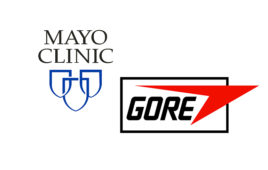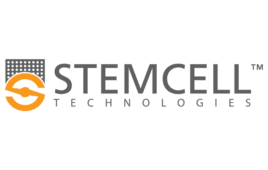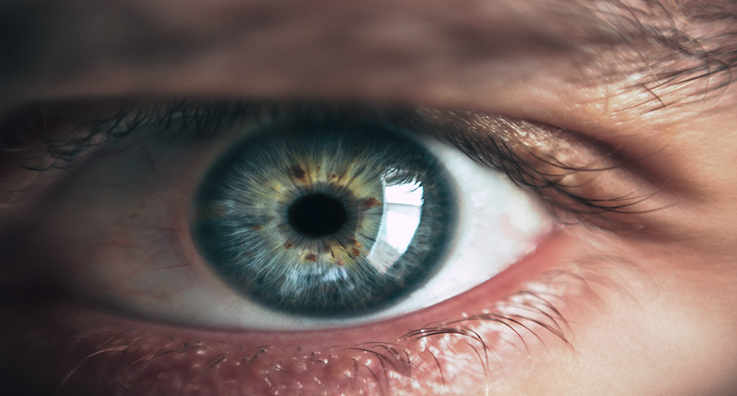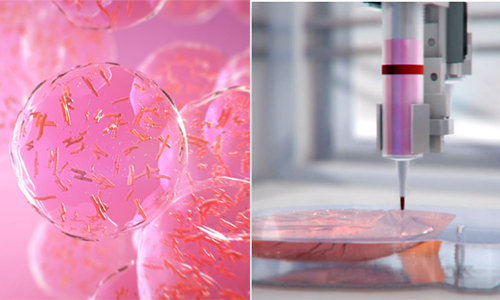
[Image from Neil Conway on Flickr]
Schwann cells form sheaths around axons on nerves and promote regeneration of axons. They also produce substances that help promote the health of nerve cells. Both actions are helpful for researchers who are looking to regenerate nerve cells like peripheral nerve cells.
Using inkjet printers to print multi-layer graphene circuits, the researchers created a nanotechnology that mesenchymal stem cells could attach and grow on.
The mesenchymal stem cells attached and grew to the treated circuits to create 3D nanostructure. By adding small doses of 100 mV electricity for 10 minutes a day over a 15 day period, the stem cells started to become Schwann-like cells.
“This technology could lead to a better way to differentiate stem cells,” said Metin Uz, a postdoctoral research associate in chemical and biological engineering, in a press release. “There is huge potential here.”
Electrical stimulation differentiates 85% of stem cells into Schwann-like cells. The standard chemical process only differentiates 75%. Electrically differentiated cells also produce 80 ng per ml of nerve growth factor whereas chemically treated cells produce 55 ng per ml.
The researchers suggest that the graphene circuit method could help change how nerve injuries are treated inside the body.
“These results help pave the way for in vivo peripheral nerve regeneration where the flexible graphene electrodes could conform to the injury site and provide intimate electrical stimulation for nerve cell regrowth,” said the researchers in their published paper.
Graphene is a conductor of heat and electricity. It is cost-efficient, flexible and biocompatible.
The graphene circuits that were created to regenerate nerve cells had to be treated to be able to withstand high temperatures and to improve electrical conductivity.
Jonathan Claussen, an Iowa State assistant professor of mechanical engineering and lead author on the study, led a research group to create computer-controlled laser technology that could selectively irradiate inkjet-printed graphene oxide to treat the graphene circuits.
The treatment removes ink binders and graphene oxide to graphene is reduced. Millions of tiny graphene flakes are physically stitched together, making electrical conductivity more than a thousand times better.
Researchers hope that the technology could one day be used for dissolvable or absorbable nerve regeneration materials that can be surgically placed in a person’s body without the need for surgery to remove it.
[Want to stay more on top of MDO content? Subscribe to our weekly e-newsletter.]







Hi
I am interested in this program if is available for humans as I have a peripheral nerve issue as I had ulnar nerve transposition and my nerve was crushed so I must wait until the signal reaches my hand.
Please advise when you can.
George
Sounds like a good question for the researchers, George. Hope you’re able to find some solutions. Best wishes.